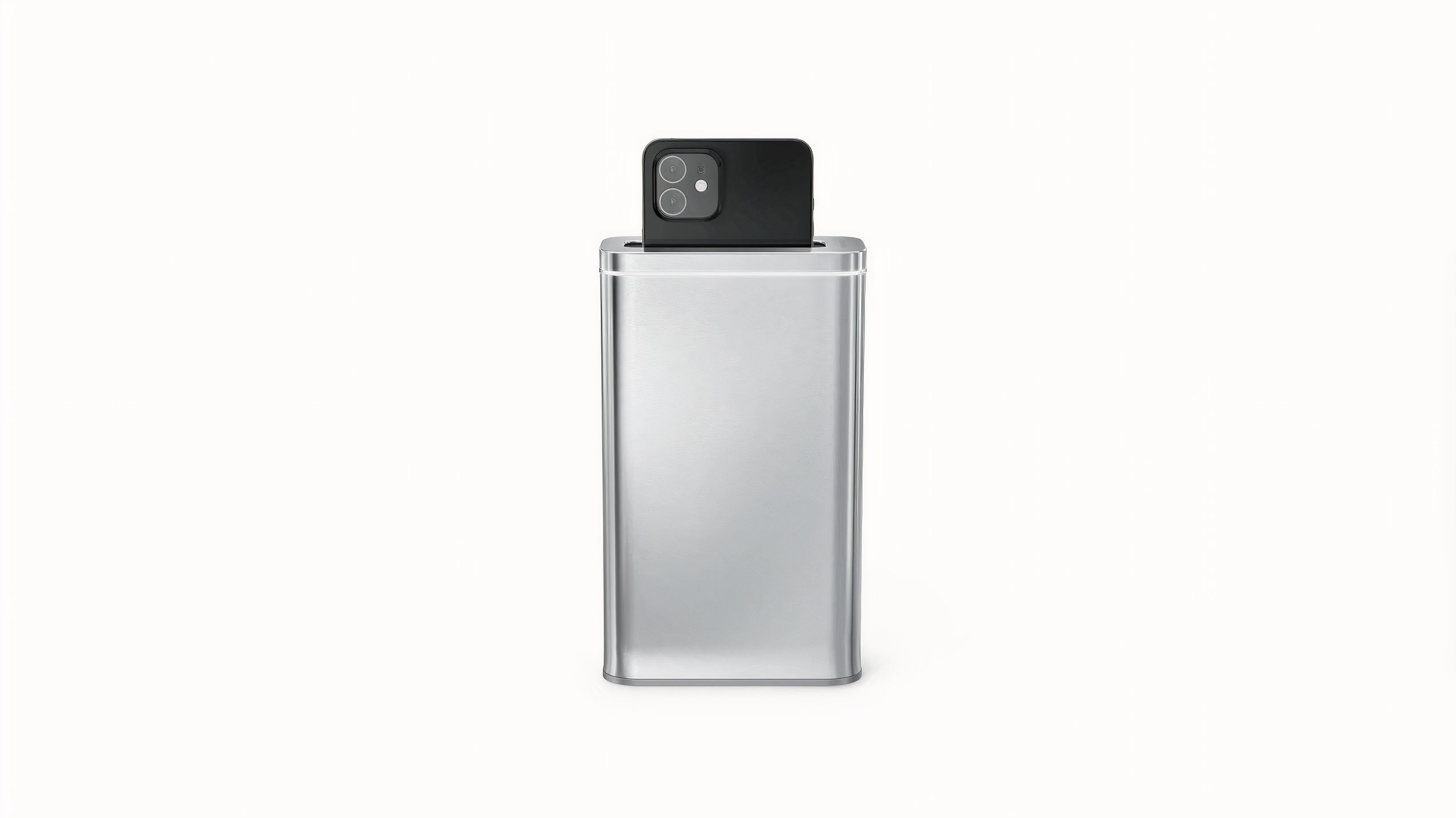
Key Takeaways
- Zero-cost streaming services exist, but at the expense of advertising — you’re the product.
- Some of them push users toward paid subscriptions.
- Quality varies, so you may not find much worth watching.
A surefire way to get someone’s attention these days is to offer something they want for free. Housing and groceries are expensive, after all, never mind entertainment. Media executives are aware of this, which is why there are free streaming services like Tubi, Pluto TV, Amazon’s Freevee, and of course Google’s YouTube.
However, this may lead savy consumers to ask the following burning question: Is anything truly free? The answer, of course, is no, although you might be okay with some of the compromises involved. As with most things, it all depends on your circumstances, and how much you are willing to compromise on your viewing experience to see movies and TV for the low low cost of nothing at all.
Are all of these free streaming services really free?
You won’t pay anything up front to stream on these services
When it comes to cash changing hands, yes, there are plenty of legitimately free services. There’s no cost to download their apps, and no cost to watch beyond what you’re paying for hardware and internet access. Scamming people would be difficult — beyond surviving the app screening used by companies like Apple, Amazon, and Google, you’d have to persuade users to stick around rather than leave for legal alternatives. There are hosting costs, as well. Even a pirated media library needs servers and a pipeline.
Effectively, free services make you the product — they’re selling your attention and (hopefully anonymized) data to other businesses.
The normal tradeoff for free entertainment is advertising. If you’re watching The Wicker Man on Tubi, for instance, you can expect multiple ad breaks. Some services, like Pluto TV, are notorious for serving up the same ads for months, and many people are griping about the frequency of breaks on YouTube. Effectively, free services make you the product — they’re selling your attention and (hopefully anonymized) data to other businesses.
Some services may nudge you towards a paid, ad-free subscription tier, the obvious example being YouTube Premium. Companies can potentially operate on ad revenue alone, but monthly fees tend to be more lucrative and reliable. It’s hard to budget for the future when advertisers could drop out at any moment.
The real question: are these free services worth it?
The answer, of course, depends on how much you value your time (or hate ads)
That depends on a variety of factors, beginning with the sort of viewing experience you’re after. People tolerate ads on services like TikTok and YouTube because the focus is (mostly) on short videos with low commitment. 30-second breaks aren’t a big deal if, say, you’re watching a 12-minute electric unicycle review. But those breaks can add up in longer videos or binge watching, and cinephiles may hate any kind of advertising interrupting their immersion. No one wants a baby food commercial in the middle of 2001 or Grave of the Fireflies.
The quality of free services tends to vary wildly, mostly in terms of available content. Tubi does have some gems and blockbusters, but it’s also infamous for padding out its catalog with B- or even Z-grade titles that no one should bother with. Many “live TV” services, meanwhile, consist of channels dedicated to individual shows or a handful of movies. Paid subscribers tend to translate into more money for licensing fees and original productions — just look at Netflix.
Unless you’re strapped for cash, then, the best role for free services is often as a supplement to paid options. You can pop by when your subscriptions aren’t delivering anything new, or when you want to catch a movie or show you won’t find anywhere else.







